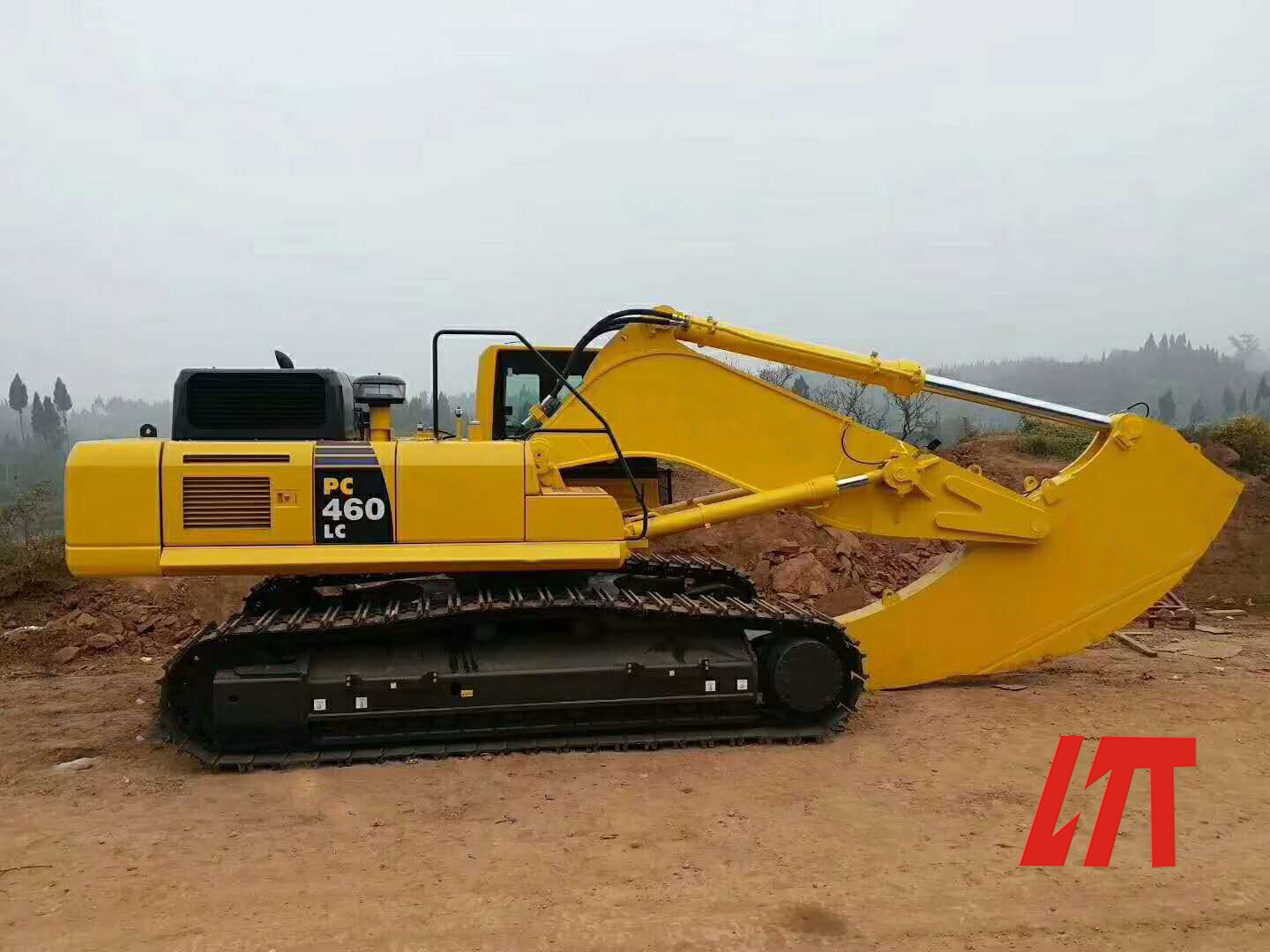 HuiTong
HuiTong  2024-05-16
2024-05-16
In the demanding world of quarry operations, where efficiency and safety are paramount, excavator rock arms have emerged as pivotal equipment. These specialized attachments for excavators are revolutionizing the way stone is extracted, significantly enhancing the productivity and safety of quarries. This article explores the specific advantages of excavator rock arms and compares them with traditional extraction methods.

Excavator rock arms, also known as rock breakers or hydraulic hammers, are powerful attachments designed to fit on excavators, enabling them to break through rock with precision and power. These tools are particularly useful in quarries, where they are used to extract stone and minerals from the earth.
1. Increased Efficiency: One of the foremost advantages of excavator rock arms is their ability to break rock more efficiently than traditional methods. Unlike drilling and blasting, which require careful setup and cleanup, rock arms can be deployed quickly and continuously, reducing downtime and boosting productivity.
2. Enhanced Precision: Rock arms provide superior precision in rock breaking. This precision allows quarry operators to extract stone with minimal damage to the material, ensuring that more of the extracted stone is usable and of high quality. This is particularly important when dealing with valuable materials like marble or granite.
3. Improved Safety: Traditional rock extraction methods, particularly blasting, carry significant safety risks, including flying debris and uncontrolled explosions. Excavator rock arms operate with a controlled breaking action, which significantly reduces the risk of accidents and enhances the overall safety of quarry operations.
4. Reduced Environmental Impact: Compared to blasting, excavator rock arms produce less vibration, noise, and dust. This not only makes them more environmentally friendly but also less disruptive to nearby communities and wildlife.
5. Lower Operational Costs: While the initial investment in a high-quality excavator rock arm may be significant, the long-term savings are considerable. Reduced material wastage, lower labor costs, and decreased need for secondary breaking or material handling all contribute to a lower cost per ton of extracted stone.
6. Versatility: Excavator rock arms can be used in a variety of rock types and hardness, making them versatile tools for different quarrying needs. They can also be adjusted for different power levels and can be equipped with various chisel types to suit different tasks.
To appreciate the benefits of excavator rock arms, it's essential to compare them with traditional quarrying methods such as blasting and manual breaking:
Blasting vs. Rock Arms: Blasting can be effective for large-scale rock removal, but it lacks the precision of rock arms. Blasting often results in significant material wastage and requires extensive safety measures and environmental controls. In contrast, rock arms offer fine control over the breaking process, allowing for more selective extraction and minimal disruption.
Manual Breaking vs. Rock Arms: Manual rock breaking is labor-intensive and time-consuming. It also poses significant health risks due to the physical strain and exposure to dust. Rock arms automate the breaking process, dramatically increasing the speed of extraction and reducing the physical strain on workers.
Several case studies highlight the effectiveness of excavator rock arms in quarries. For instance, a marble quarry in Italy replaced its traditional drilling and blasting operations with excavator rock arms and saw a 20% increase in productivity. The precision of the rock arms also resulted in a higher yield of usable marble, with less cracking and breakage.
Another case study from a granite quarry in India demonstrated how rock arms could reduce operational costs by 15%. The quarry experienced less downtime and lower maintenance costs, contributing to overall profitability.
Excavator rock arms are transforming the quarry industry by providing a safer, more efficient, and environmentally friendly alternative to traditional rock extraction methods. Their ability to deliver precise, controlled rock breaking not only increases the efficiency of quarry operations but also enhances the quality of the extracted stone. As technology advances, the role of excavator rock arms in quarries is set to become even more significant, offering a competitive edge to those who adopt this innovative tool.